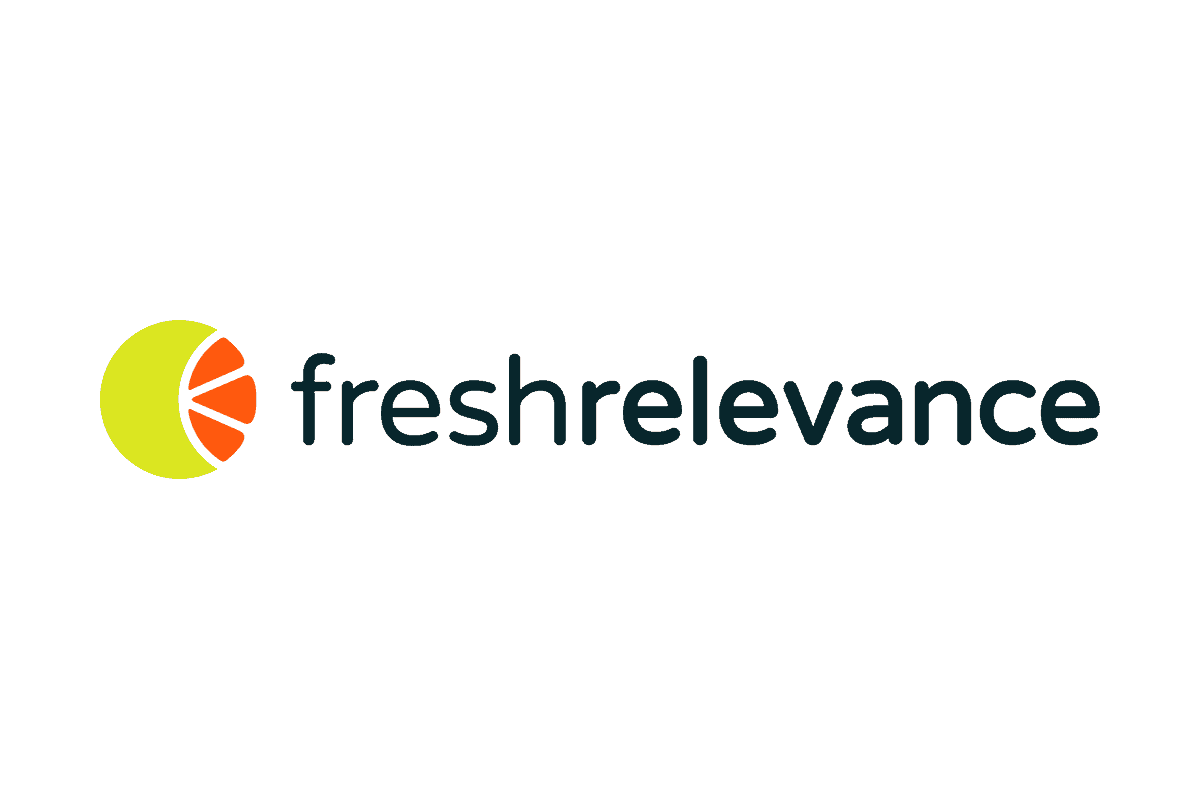In a recent InternetRetailing webinar, we heard from Tom Ricards, account director at Fresh Relevance on what social proof is, why it matters and how successful retailers are using it. Here’s a bulletpoint overview of what it covered.
- Tom Ricards started with an overview of Fresh Relevance’s digital marketing platform.
- Explaining social proof: how people are guided by the actions of others. “When a person is in a situation when they are unsure of the correct way to behave they will look to others for clues concerning the correct behaviour.”
- Forms of social proof: wisdom of the crowd (tactics include showing how much product is left), user social proof (product ratings and reviews), celebrity social proof (influencer marketing).
- “As consumers’ shopping habits move steadily online and they are less able to touch and try items as they would in store they are more reliant on the feedback and recommendations of their peers.”
- Benefits for customer success: enables retailers to acquire and retain customers, and their brand advocacy, while reducing returns and helping consumers find new products.
- The webinar focused on research from Fresh Relevance’s Retail Social Proof Barometer, which compared the web and email initiatives of 50 IRUK Top500 retailers with the opinions of 2000 British customers.
User social proof
- User Social Proof: how consumers look for unbiased source of information – and are likely to be influenced by those who are most similar to them – other customers.
- Retail Social Proof Barometer research found that 46% extensively research and compare products before buying.
- 61% find detailed product reviews useful, second only to shipping information, while 56% look for star ratings and 37% read three to four product reviews before deciding to buy.
- Looking at what retailers do: 58% share reviews online – meeting the expectations of 61% of customers. Most commonly found in beauty (100%), jewellery (60%) and electronics (60%) – but less commonly in footwear (50%) and fashion (20%).
- What marketing channels do retailers use product rating stars and reviews in? 42% share stars on their product pages but only 18% on their homepage and 8% in shopping recovery emails, while 58% shop reviews on the product detail page.
- Example: What SpaceNK does
User generated content
- Enables shoppers to become the best marketers for the brands they love: and 29% prefer to see a product on real people rather than professional campaign shots, while 41% of millennials find them useful.
- But while 29% find it useful, only 16% of retailers use it in web and email content, from beauty (30%) and electronics (30%) and fashion (20%) to footwear (10%) and jewellery (0%)
- However, said Ricards, “social feeds can increase click throughs from emails and online by highlighting the latest trends so photos of real customers increase engagement on product pages by helping shoppers imagine how they will look and feel when they wear your brands.” Can also help to build a sense of community, especially for those brands with a younger audience.
- Example: What Jessops does.
Wisdom of the crowd
- “Telling consumers what others are purchasing adds urgency. It makes stock more desirable without changing anything about the product or the price.”
Crowdsourced product recommendations
- When consumers were asked what had influenced them to make a purchase, more than one in four cited top rated (26%) – but no retailers studied in the research used this. “Retailers are failing to capitalise on this opportunity.” 22% of consumers bought items described as top sellers.
- Across marketing channels: Fresh Relevance’s research highlighted 26% showing top sellers on the homepage, 8% showing top sellers on the product listing page, 4% showing them in their newsletter – and 0% showing product recommendations on shopping recovery emails.
- Example: what Wex does.
Popularity and scarcity messaging
- Using real-time product data levels to show when items are selling out – taps into consumer’s fear of missing out. While 43% find it useful, only 8% use it.
- Across marketing channels: while 8% show stock levels on homepage, 4% show them on product pages, and 0% in shopping recovery emails.
- Example: What Misspap does.
Celebrity social proof
- Both paid and unpaid endorsements – some celebrities simply spotted using a product they like.
- But 44% of consumers say they don’t trust product information provided by influencers – tactic may “struggle with authenticity.
- Research findings included: 60% of GenZ interested in a brand using influencers, compared to 14% of baby boomers. Beauty (30%) and fashion (30%) most interested.
- While 32% more interested in influencers, 22% of retailer use it. Most commonly found in fashion (50%) and footwear (40%) and least in electronics and beauty (both 0%).
- Across marketing channels, findings included that 10% use influencer marketing on the home page and 8% in newsletters.
- Example: What Monica Vinader does.
Research conclusions
- The study produced an overall list of winners: 1. Glasses Direct, 2. L’Occitane, 3 Karen Millen and The Body Shop.
- Glasses Direct case study: who the company is and how they use social proof online, from personalised recommendations on its home page to rating stars and reviews in their shopping recovery email.
Action points
- Celebrity endorsements or scalable tactics?
- Provide live stock levels
- Recommend customer favourites
- Incorporate social proof across channels
- Retail social proof checklist available at freshrelevance.com/checklist
The webinar ended with a Q&A. To see the webinar in full, including the slides, graphics, examples and Q&A, visit the IRTV page on InternetRetailing, whether recordings of a wide range of previous webinars are also available.







